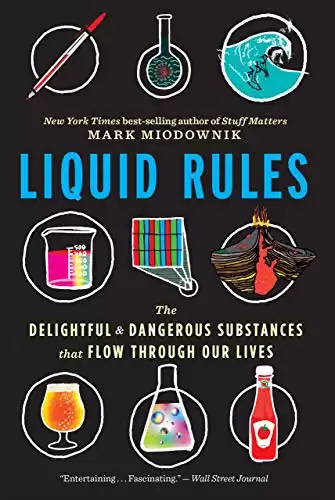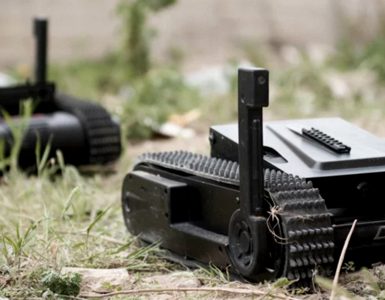If you were ever looking for a type of explosive that could pack a serious punch; especially in large scale terms, then plastic explosives definitely fit that description. Plastic explosives are typically soft in texture, but don’t their hand moldable nature fool you. They can be very destructive, and they usually are. In the world of explosives engineering, plastic explosives are also called putty explosives.
Plastic explosives are very suitable for large-scale explosions, such as explosive demolition. The commonest types include plastic explosives Semtex and C-4. The very first plastic explosive to be created was known as gelignite, and this was in 1875. Gelignite was invented by a man known as Alfred Nobel.
History of Plastic Explosives
As mentioned earlier, the very first plastic explosive to be created was the gelignite in 1875. Before the first world war, Oswald Silberrad, a British explosives chemist obtained British and U.S. patents for a series of plastic explosives known as “Nitrols”. Nitrols were composed of nitrated aromatics, collodion, and oxidizing inorganic salts.
Over time, one of the simplest plastic explosives, the Nobel 808, was gaining prominence. It was developed by the British company Nobel Chemicals Ltd long before World War II even started. It was green plasticine in appearance and smelled like almonds. The had the appearance of green plasticine with a distinctive smell of almonds.
The British Special Operations Executive used this especially in sabotage missions during World War II. The explosive was also used in HESH anti-tank shells and was an essential factor in creating the Gammon grenade. Interestingly, the Nobel 808 was the same explosive used on the 20th of July, 1944, in the failed assassination plot against Adolf Hitler.
Post-World War II
During and after World War II, there began the development of new types of explosives. These newbies were RDX-based explosives and included Compositions C, C2, and eventually C3. Together with RDX, these incorporate various plasticizers to decrease sensitivity and make the composition plastic.
The origin of the obsolete term “plastique” dates back to the Nobel 808 explosive introduced to the U.S. by the British in 1940. The samples of explosives brought to the U.S. by the Tizard Mission had already been packaged by the SOE ready for dropping via parachute container to the French Resistance and were therefore labeled in French as Explosif Plastique. It is still referred to by this name in France and also by some Americans.
Plastic Explosive Usage
These explosives are perfect explosives for the demolition of huge structures such as fortifications by engineers, combat engineers, and criminals. This is because they can be easily formed into any shape for cutting structural members. Also, they tend to possess a high level of velocity strong enough to cut dense materials like metals.
One of the first-ever uses of plastic explosives came from the designing of the warhead of the Petard demolition mortar of the British Armored Vehicle Royal Engineers. This same mortar was used in the destruction of concrete fortifications in war, especially the ones the Allied forces came across during D-Day. The very first intended and original use for the 808 was to sabotage Germain stations and railways.
Most demolitions do not use plastic explosions in blasting of no consequence because the materials used can be quite costly in comparison to other explosives that can do the same job.
Plastic Explosives Commercial Uses
One common commercial use of plastic explosives is in train rail components. They are used to shock harden these components so that they are stronger than their base form. Additionally, the same process is applied to earth digging implements.
Use in Reactive Armor
Reactive armor was developed as a means to protect tanks from heavy artillery and attacks. Plastic explosives are used in reactive armor for this same purpose. Reactive armor in tanks uses plastic explosives by sandwiching them between steel plates.
When anti-tank rounds are fired at the tanks, they hit the steel plate on the outer rim. This then causes the plastic explosives to explore and absorb the energy. The chain reaction that follows then protects the tank. It would be the kind of technology that makes the batmobile almost impregnable.

























